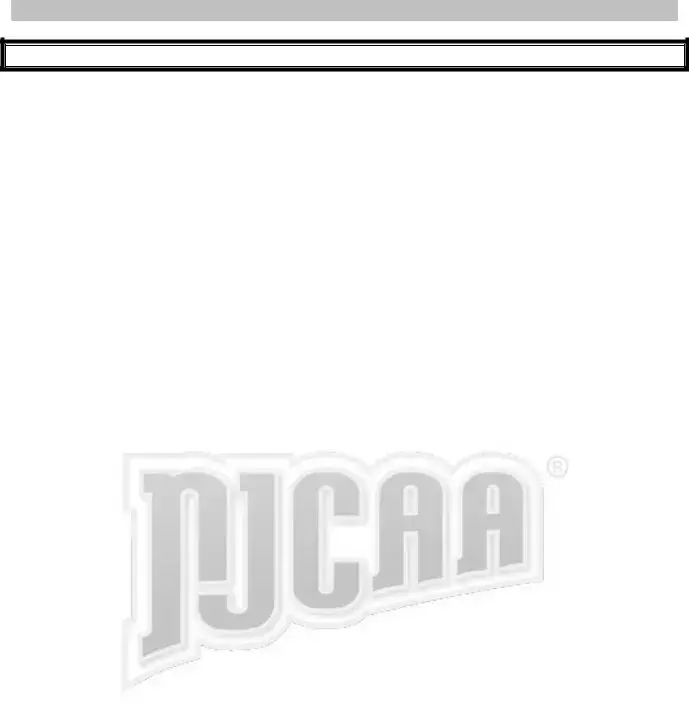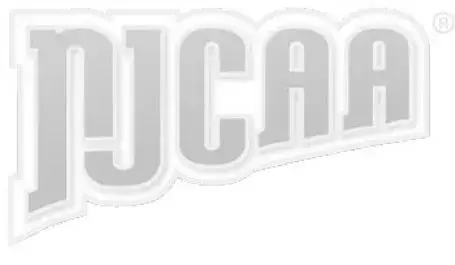NATIONAL JUNIOR COLLEGE ATHLETIC ASSOCIATION
GAME EJECTION FORM
PROCEDURE TO BE FOLLOWED:
1.The director of athletics at each institution involved shall complete this form and notify their respective region director of the ejection(s) issued.
2.The director of athletics at each institution involved shall forward a copy of this ejection form to their respective region directors by noon local time of the first business day following the ejection.
3.The region director shall maintain a record of all ejections occurring within their region.
4.The region director shall supply an end of the year report to their region, the NJCAA Sport Committee and the NJCAA Standards and Ethics Committee on all ejections occurring within their region during the year.
Notice to Game Officials: The official issuing of the ejection shall notify the scorer and coach of each team when an ejection occurs.
Date of
Sport (M/W): _______________________ Site: ________________________ Incident: __________
________________________________________ |
Vs. ______________________________________ |
Home Team |
Visiting Team |
Please indicate : Violent Ejection ______________________ Non-Violent Ejection ____________________
Including this ejection what is the total number for this individual during the current season:
Violent Ejections _____________________ Non-violent Ejections _______________________________
Name of Ejected Person: __________________________
Please indicate: Head Coach______________ Asst. Coach _____________Player ________________
Other (please explain): _________________________________________________________________
Region: _____________________________________________________________________________
Reason(s) for Ejection
One form is to be completed for each individual that is disqualified. Please describe the circumstances causing the player, coach, game personnel or other(s) to be ejected from the contest.
Please see attatched __________________________________________________________________
___________________________________________________________________________________
___________________________________________________________________________________
___________________________________________________________________________________
___________________________________________________________________________________
(Continue on other side if more space is needed)
Signed: _____________________________________________________________________________
Athletic Director |
College |
Date |
Reason(s) for Ejection (Continued)
One form is to be completed for each individual that is disqualified. Please describe the circumstances causing the player, coach, game personnel or other(s) to be ejected from the contest.
___________________________________________________________________________________
___________________________________________________________________________________
___________________________________________________________________________________
___________________________________________________________________________________
___________________________________________________________________________________
___________________________________________________________________________________
___________________________________________________________________________________
___________________________________________________________________________________
___________________________________________________________________________________
___________________________________________________________________________________
___________________________________________________________________________________
___________________________________________________________________________________
___________________________________________________________________________________
___________________________________________________________________________________
Signed: _____________________________________________________________________________
Athletic Director |
College |
Date |

